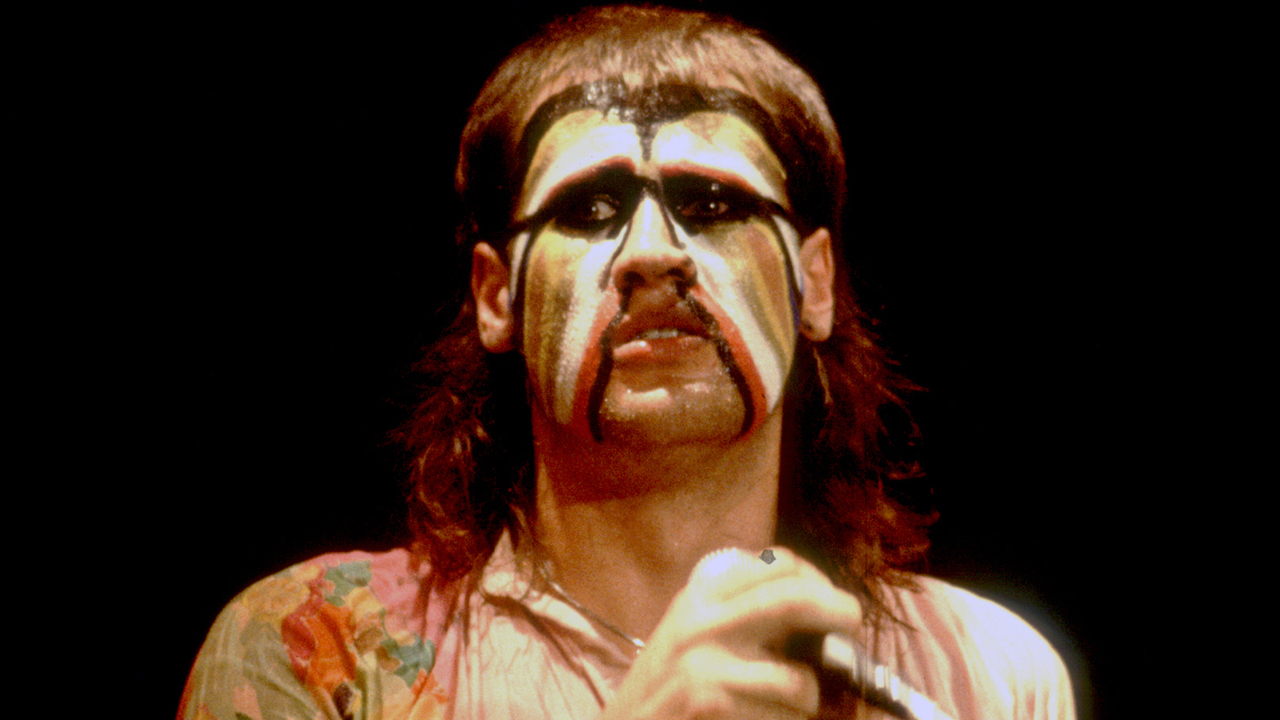How Midge Ure ended up playing guitar in Thin Lizzy
Remembering the time when Phil Lynott wanted hard rock legends Thin Lizzy to start using synths and drum machines

Have you ever listened to a Thin Lizzy song and thought, ‘mmm, this is pretty good but it would sound better with some synths on it, maybe get some hi-NRG beats in there, dust off the Oberheim DMX drum machine – hey, Phil, have you ever thought about pretending to be a robot?’ No, you haven’t, because the two just don’t go. But Phil Lynott, who it should be remembered had taken a lot of drugs by this point, had this very idea in his head as to where Thin Lizzy might go in the 80s.
It was an unsettling time for his band. The year was 1979 and Gary Moore had left (again) midway through a US tour and the group needed to find someone pronto to fill the slot. Phil Lynott had become pals with Midge Ure, formerly of New Romantic poseurs Visage and future writer of such 80s classics as Vienna and, erm, Do They Know It’s Christmas, and persuaded Ure to take a break from writing the first Ultravox record and play guitar for Lizzy. His time in the band was brief – he did have an era-defining debut album to get back to, after all – but Ure’s effect on Lynott went deeper than being a super-sub guitarist.
“Midge Ure is like an Eno for us,” Lynott told Classic Rock’s Harry Doherty. “I’m aware it’s 1979 and getting near Christmas and there will be an eight in the figure soon and after years of saying that The Who have been 10 years together, Lizzy are gonna be 10 years together. I’m trying to foresee Thin Lizzy the 80s and coming to terms with it on a basis that is not selling out but is definitely a step forward.”
Lynott liked to keep an eye on where music was heading, wondering what new sounds might lay round the corner, and saw Ure as an important sparring partner. That he shared management with the Ultravox man certainly helped, and Doherty notes that Lynott saw Ure’s temporary involvement with Thin Lizzy “as a bridge to cross over into the 80s,” adding that where Lynott previously made his demos on acoustic guitar, now he was using a synth and drum machine.
Of course, the synth-y sound he envisaged never did happen for Lynott. The following year’s Chinatown saw the band on steady ground, a straight-ahead rock record as they could’ve made. Thin Lizzy’s electronic diversion was off the menu.
Sign up below to get the latest from Classic Rock, plus exclusive special offers, direct to your inbox!
Niall Doherty is a writer and editor whose work can be found in Classic Rock, The Guardian, Music Week, FourFourTwo, Champions Journal, on Apple Music and more. Formerly the Deputy Editor of Q magazine, he co-runs the music Substack letter The New Cue with fellow former Q colleague Ted Kessler. He is also Reviews Editor at Record Collector. Over the years, he's interviewed some of the world's biggest stars, including Elton John, Coldplay, Radiohead, Liam and Noel Gallagher, Florence + The Machine, Arctic Monkeys, Muse, Pearl Jam, Depeche Mode, Robert Plant and more.

